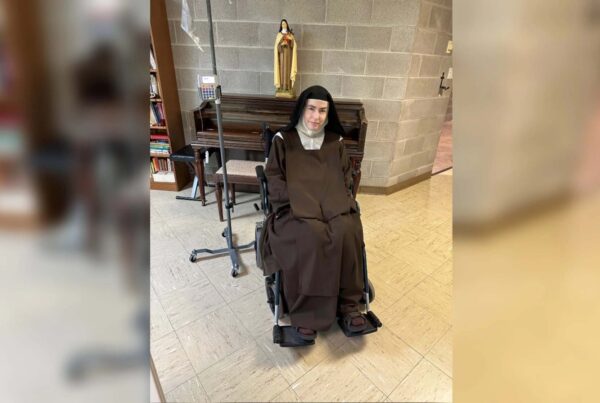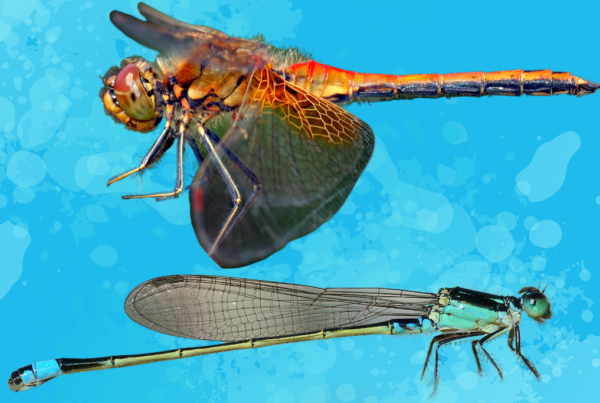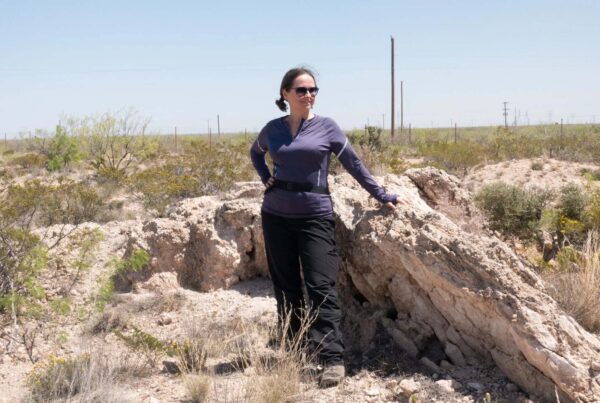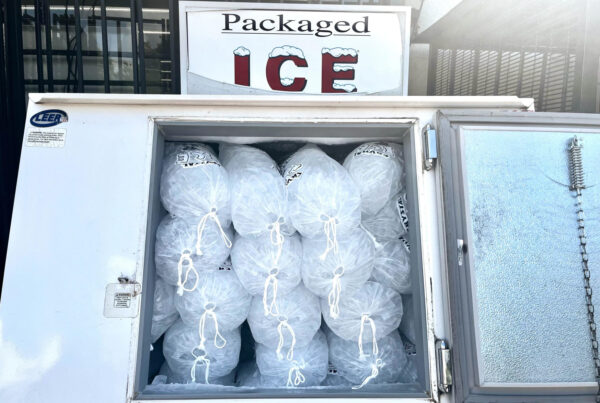In Texas, big rigs often overrun the highways from Austin to Dallas and Houston and major highways in between. One of the most popular of these routes, the Dallas-Houston route along I-45, is about to get a new kind of big rig.
Aurora, an autonomous trucking company based in Dallas, has begun manned test drives on this stretch with a goal of full automation by the end of 2024. Until then, a driver still sits behind the wheel, ready to take over in case of emergency.
Alexandra Skores, business reporter for the Dallas Morning News, joined one Aurora team on their Dallas-Houston trip.
“I sat in the back seat, watched two drivers, you know, monitor the roads, looking for any objects in the way, any challenges to the technology. And overall, really just watched this very complex, but like large-scale technology, do the work of making one of these big rigs fully autonomous,” Skores said.
She said the ride went off without a hitch but that the company is always looking for ways to improve their safety features.
“It was a pretty smooth ride, and by the end of 2024, that route could be completely driverless,” she said. “But they’re going to be testing all throughout this year, all throughout next year to make sure this technology is bulletproof. They want to make sure that they are putting the best possible technology out there on the roads to ensure that the average driver doesn’t feel like it’s unsafe.”
That’s not unique to Aurora. Many other autonomous vehicle companies are testing their products on Texas roads, and all of them are doing so with safety in mind.
And in a state that consistently ranks among the highest trucking casualties in the nation, reducing this number is a driving goal for Aurora.
“We’re putting truck drivers, folks in their regular cars on the roads,” Skores said. “And, you know, we are seeing an uptick in those vehicles getting into crashes. But this is supposedly some sort of technology that can help end those sorts of crashes and just fatal issues. So what they’re really trying to accomplish here is to make sure that the roads are safe, but also doing it in a way that it’s predictable enough that folks can really feel kind of reassured that this technology can be more understanding of what’s going on on the roads.”
Aurora is also working to ensure that previous mistakes in autonomous driving, like failing to recognize pedestrians, do not occur.
“The technology actually picks up a person, you know, it flags that person and all of the space that that person takes up and how close it is to that person,” Skores said. “Same with a vehicle, same with an object in the road. That technology is able to see that and either make a lane change, move further away, whatever it needs to do, it’s able to react.”
And although Aurora is close to being fully autonomous, Skores says we should still be cautiously optimistic.
“I think any person on the road wants to know that this technology is going to make them feel safe,” Skores said. “From my point of view, the ride was really smooth. We didn’t encounter any sort of issues. But again, this was just a preview of a small… I took like a 30-minute drive for the Dallas to Houston route, [which is] three plus hours. There are a lot of different things that happen on that route, whether it be construction, whether it be all that. So it’s on Aurora, it’s on these companies to really make sure that this technology is the safest it can possibly be.”














